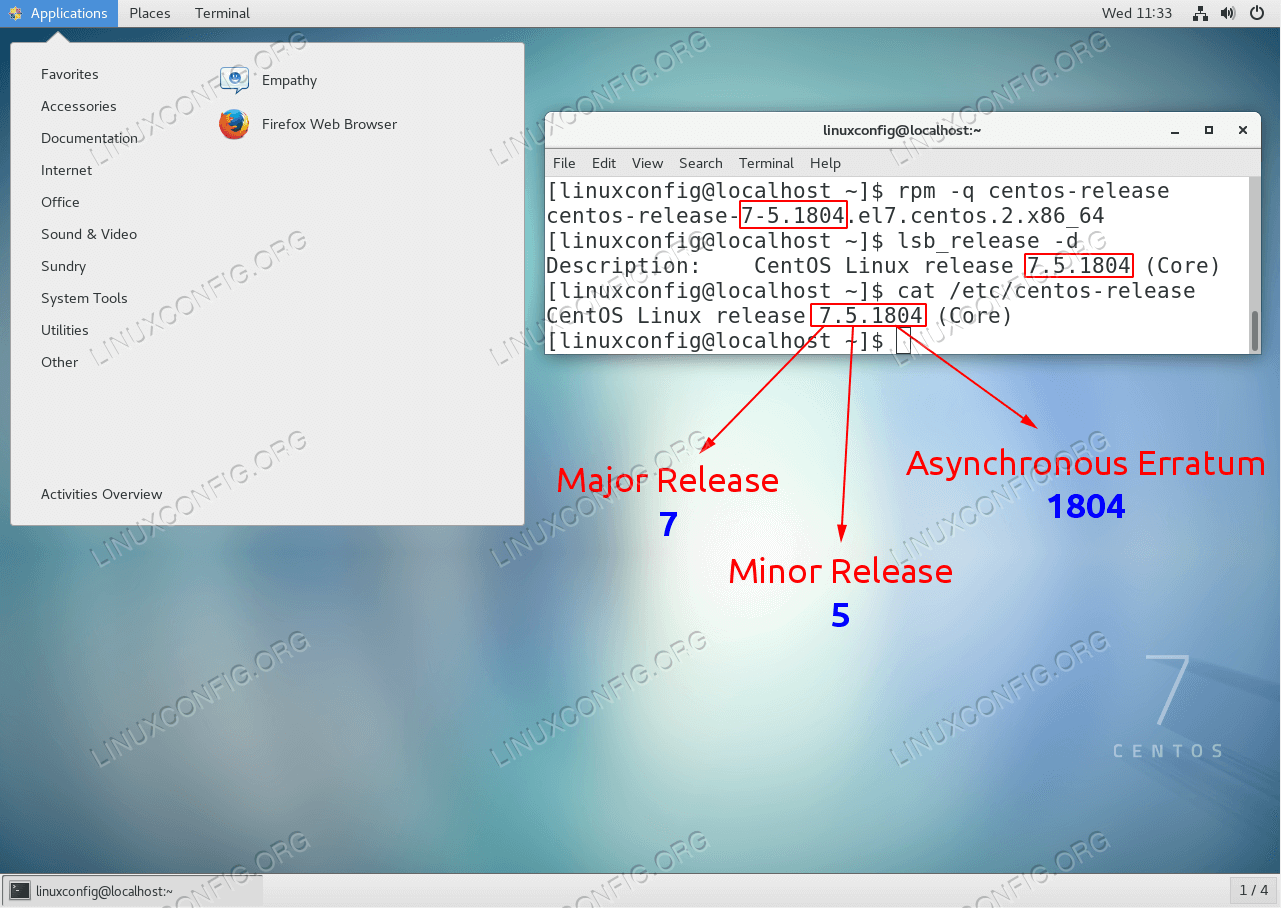

This incident will be reported.Ĭan easily be given sudo access on a per-user basis: /root#. With this, an unprivileged user: /home/jim> sudo -i Printf '(username) will be given sudo privileges\n' Then a script like this can be used to create a per-user sudoers file for any valid username: #/usr/bin/env bash So long as your sudoers file contains a line like: #includedir /etc/sudoers.d The sed command disables the #includedir directive that would allow any files in subdirectories to override these inline updates.Ī more modern method, given the age of this post, is to place a per-user file in /etc/sudoers.d/ or the appropriate similar location for whatever OS is at reference.The sed command does inline updates to the /etc/sudoers file to allow foo and root users passwordless access to the sudo group.

CENTOS PASSWORDLESS SUDO UPDATE
You can configure sudo in a way that only commands of your choice can be run without password.įor example, if you want the apt update and apt upgrade to be run without entering the password for sudo in Ubuntu, here’s what you need to do.Īnd then add a line like this: user_name ALL=(ALL) NOPASSWD:/usr/bin/apt update, /usr/bin/apt upgrade However, to make this even cleaner, well add an alias, so that running shutdown calls sudo shutdown now. So, sudo poweroff will now result in a passwordless shutdown. Run only specific sudo commands without password This allows the user/group to run the above three commands, using sudo, however with no password. Thankfully, there is a solution for that as well. It provides you some options to deals with the changes.īut it’s not a good practice to run all the sudo commands without password. (Q)uit and save changes to sudoers file (DANGER!) > /etc/sudoers: syntax error near line 3 <<<Į(x)it without saving changes to sudoers file When you try to save your changes, it performs a check and notifies if there is any syntax error. The visudo tool creates a new temp file where you can edit the sudoer file using the default text editor. This is why you a dedicated tool called visudo is used for editing sudo configuration file. If you make a syntax error while editing this file, the consequences can be fatal. Hi everyone, is config for sudo without password still same in centos 8, because i use this in centos 7 is running well but not in centos 8, it still asking for password. Now, you may edit /etc/sudoers file manually in a text editor like Vim, however, that is not advised. Of course, you have to replace the user_name in the above command with your user name.Įxit the shell and enter again and you should see the changes reflected. All you have to do is to add a line like this in this file: user_name ALL=(ALL) NOPASSWD:ALL

This will open the default text editor (Nano in Ubuntu) for editing this file. Use the following command to edit the /etc/sudoers file: sudo visudo
CENTOS PASSWORDLESS SUDO HOW TO
Let’s see how to use sudo with no password.īut first, back up the sudoer file as a precautionary measure: sudo cp /etc/sudoers ~/sudoers.bak Execute all sudo commands without password Maybe, you should disable SSH access with password first. If you are on a server, you should be extra careful specially if you have SSH enabled. In Linux, you can change sudo configuration to run some or all command with sudo but without entering password.
ChangeThis is specially if you are the only user on the system or if you think some commands are okay to run without password. To do it in a traditional linux way using ansible :) Make a file, createuser.yml and add the following code. Some users may find it cumbersome to enter the password all the time. Which means that you’ll have to enter the password again if you run a command with sudo after fifteen minutes. The default timeout for the password is 15 minutes (in Ubuntu Linux). When you run a command with sudo, it asks for your account’s password. Most Linux distributions like Ubuntu, Debian, Fedora use the sudo mechanism to allow admin users to run commands with root privileges. Learn how to run some or all sudo commands without entering the password on Ubuntu or any other Linux distribution.


 0 kommentar(er)
0 kommentar(er)
